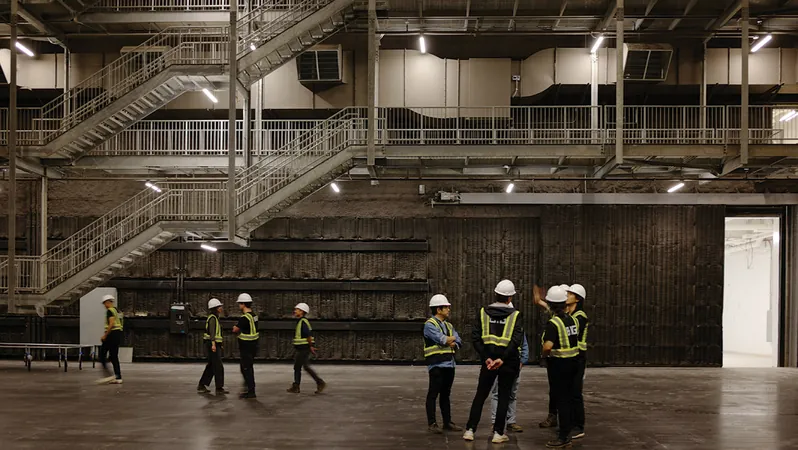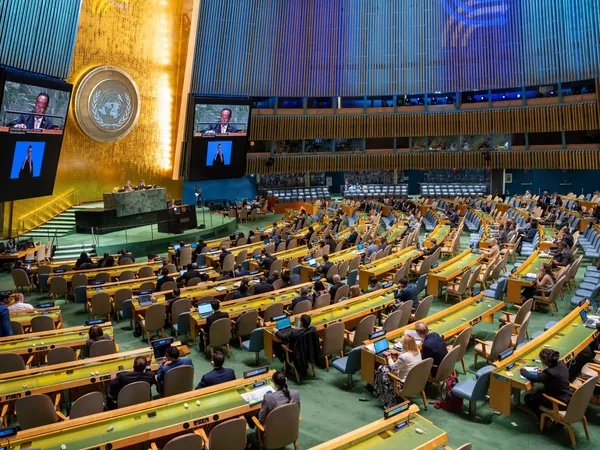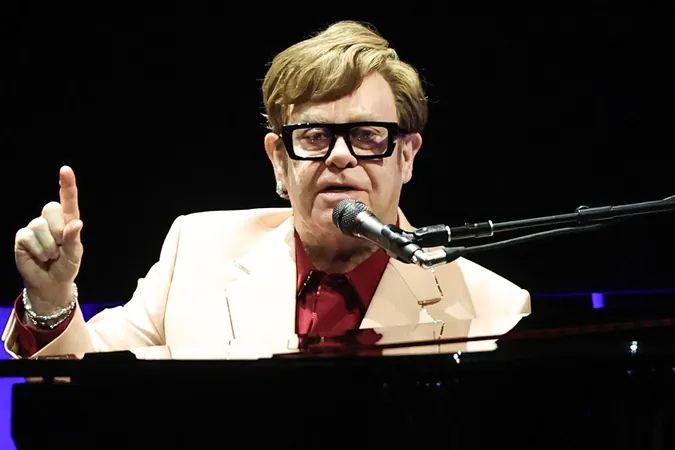
Robert De Niro's Billion-Dollar Gamble: A Game-Changer for New York's Film Scene
2024-09-24
Introduction
In the glamorous realm of cinema, there’s nothing quite like the vibrancy of New York City. Not even the many imitators like Toronto, Vancouver, or Atlanta can replicate its unique grit and glamour. Esteemed actor Robert De Niro, a proud New Yorker himself, once stated, 'New York is the greatest backlot.' With a film production industry generating a whopping $82 billion and creating 185,000 jobs, the city stands at the forefront of the cinematic world. Yet, this metropolis has long struggled with insufficient studio facilities, relying mainly on retrofitted warehouses that simply cannot compete with the sophisticated soundstages of Los Angeles or London.
The Vision of Adam Gordon
Enter Adam Gordon, a fourth-generation New Yorker and savvy developer known for supplying Amazon's modern e-commerce facilities. Gordon quickly identified a growing demand for soundstages when he was approached by several film productions seeking to use his properties. Recognizing the spatial constraints of New York, Gordon had an innovative idea: a vertically stacked studio. This concept was not without its skeptics, but a conversation with De Niro made all the difference. The legendary actor, who had been aspiring to create his own studio for years, saw the potential in Gordon's vision and decided to partner with him. Together, they secured $1 billion in funding to bring Wildflower Studios to life.
Wildflower Studios: A New Era in Film Production
The development of Wildflower Studios has made waves, not only because of the star power behind it but also because of its striking design. The duo enlisted the acclaimed Danish architect Bjarke Ingels, known for pushing architectural boundaries with projects like Manhattan's Via 57 West. Wildflower Studios is a visually commanding structure, clad in angles and boasting a massive window that resembles the docking bay of the Death Star, fittingly creating a cinematic masterpiece of its own.
Innovative Design and Features
Ingels expressed his enthusiasm for this pioneering project, noting that a 'three-dimensional film studio' had never existed before. He believes the success of Wildflower Studios could open the door to similar ventures across the globe, showcasing the intersection of architecture and film in ways never before imagined. The studio itself will feature innovative designs, such as a unique parking system allowing trucks to access the soundstages seamlessly. At 765,000 square feet, Wildflower is the largest studio in a new wave of production facilities emerging in New York, including Lionsgate's Great Point Studios. With an expanded state tax credit, more productions are eager to take advantage of the character that only New York offers.
A Commitment to Culinary Excellence
De Niro, who also has a foothold in hospitality as the owner of the Greenwich Hotel in Tribeca, has made sure that the studio's commissary reflects the high culinary standards of New York, insisting that executives, cast, and crew dine together.
Looking Ahead
Gordon anticipates that the first productions will begin filming in December, and he aims for the studio not just to be functional but to spark creativity. With creative icons like van Gogh and Picasso drawing inspiration from their beautiful surroundings, Gordon believes Wildflower Studios can provide a setting that fosters artistic innovation. As Wildflower Studios prepares to open its doors, both De Niro and Gordon hope to strengthen New York's status as a leading player in the film industry, ensuring that the heart of Gotham continues to beat strong in the world of cinema. Will this ambitious project truly revolutionize filmmaking in the Big Apple? Only time will tell, but the stakes have never been higher for the city that never sleeps.




 Brasil (PT)
Brasil (PT)
 Canada (EN)
Canada (EN)
 Chile (ES)
Chile (ES)
 España (ES)
España (ES)
 France (FR)
France (FR)
 Hong Kong (EN)
Hong Kong (EN)
 Italia (IT)
Italia (IT)
 日本 (JA)
日本 (JA)
 Magyarország (HU)
Magyarország (HU)
 Norge (NO)
Norge (NO)
 Polska (PL)
Polska (PL)
 Schweiz (DE)
Schweiz (DE)
 Singapore (EN)
Singapore (EN)
 Sverige (SV)
Sverige (SV)
 Suomi (FI)
Suomi (FI)
 Türkiye (TR)
Türkiye (TR)